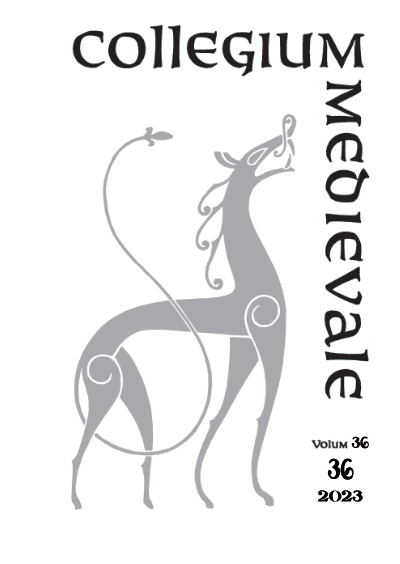Sammendrag
The year 2022 marked the centenary of the first attempt by Gerhard Fischer at mapping medieval Oslo based on archaeological and written sources. Included in the map is a reconstruction of Vestre strete (Western Street), Oslo’s main street in the medieval period linking the king’s manor (Kongsgården) in the south with the bishop’s manor (Bispegården) and St Hallvard’s Church (Hallvardskirken) in the north. For over a hundred years there has been some debate around the northern section of Vestre strete which was assumed to have run from the medieval stone cellar of Belgen in the south towards St Hallvard’s Church in the north. New archaeological evidence has emerged from the Follo Line and Bispegata tram line projects that challenges the accepted route of Vestre strete first proposed by Fischer and later by Hans Emil Lidén and Erik Schia in 1987. In this article I intend to show that the evidence used to support Lidén and Schia’s route is weak. I will use the new archaeological evidence to propose an alternative route which not only incorporates Belgen and other stone buildings, but which also presents Vestre strete in a new light, as an important thoroughfare comparable to those found in other European medieval towns.
Dette verket er lisensiert under Creative Commons Attribution-ShareAlike 4.0 International License.
Opphavsrett 2023 Michael Derrick

